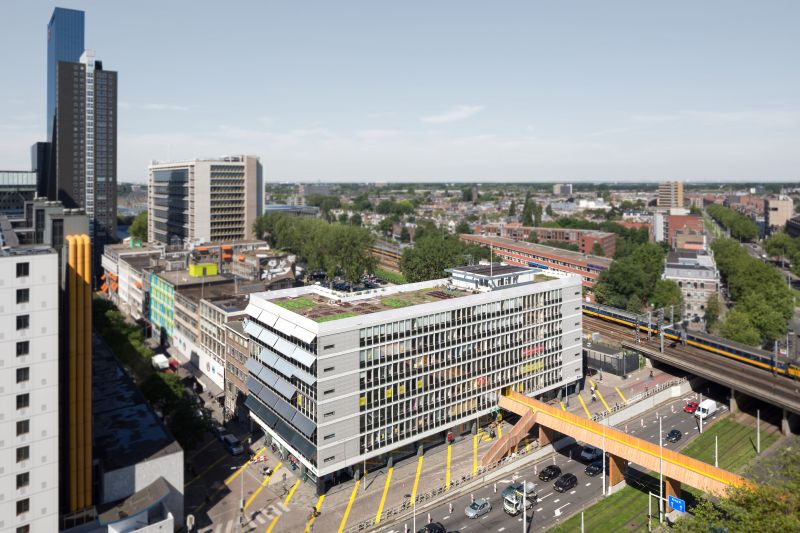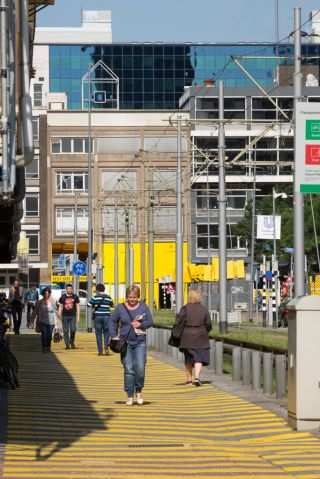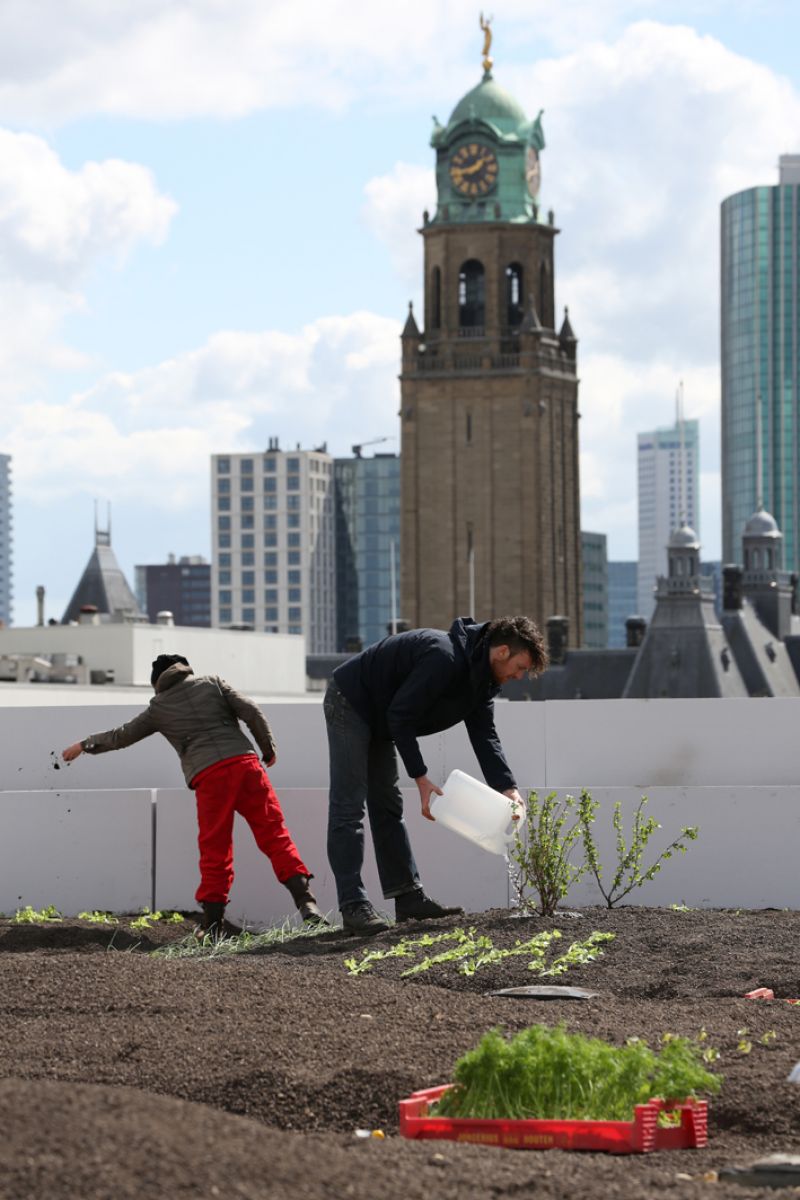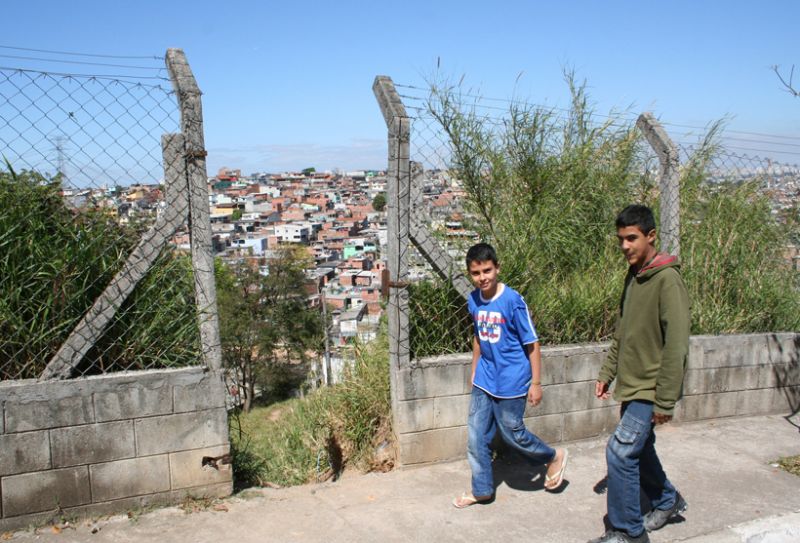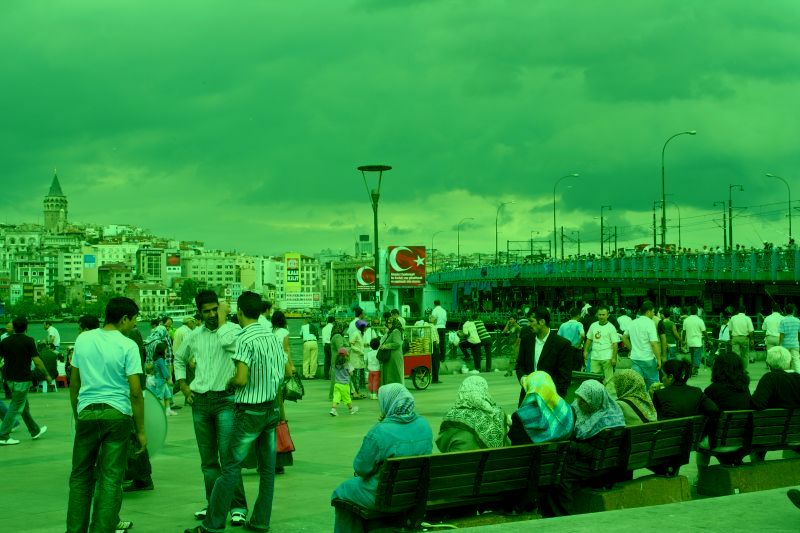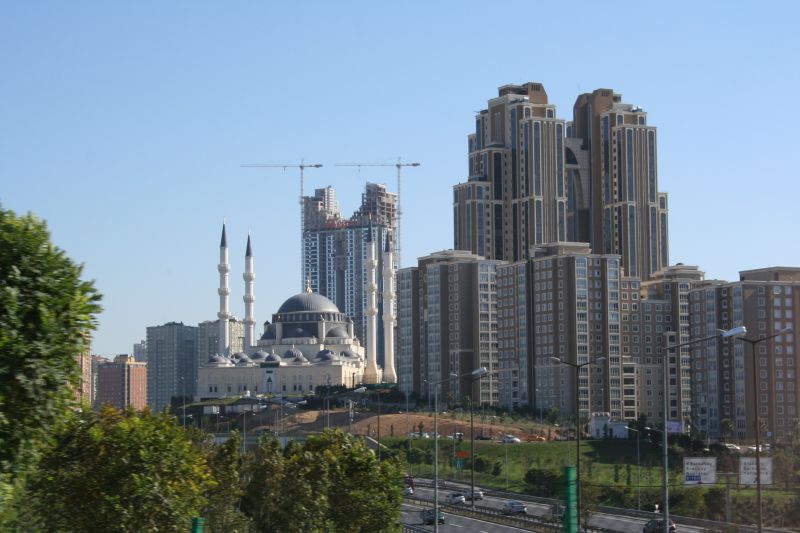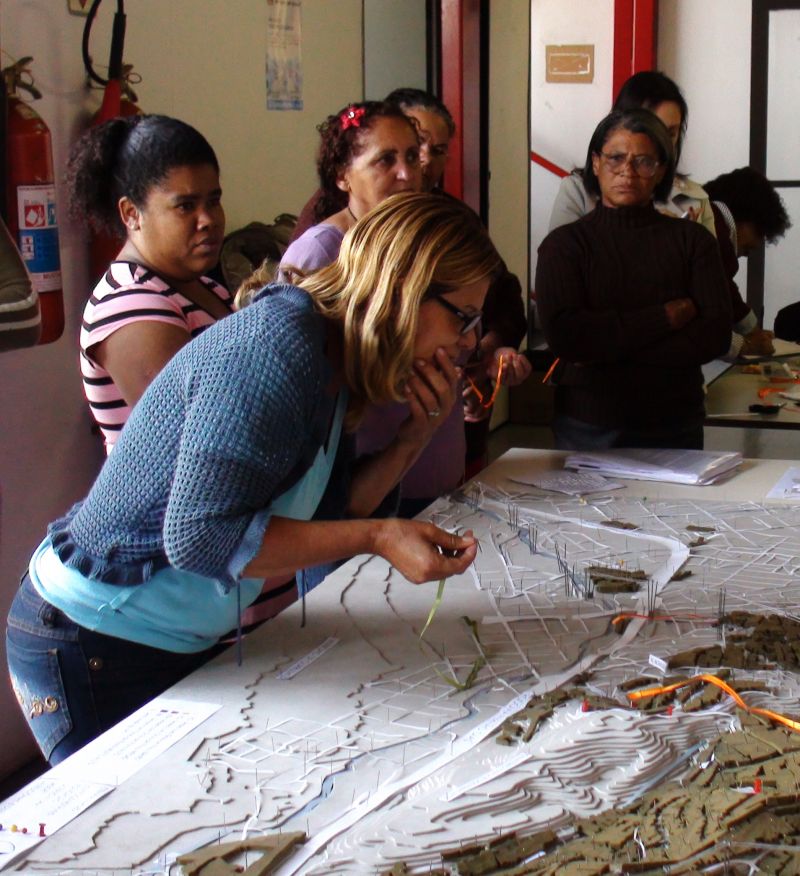
picture: Fabio Knoll
The temporary concentration of specific knowledge of the issues raised by a given biennale edition, the IABR feels should not just be unleashed to create an exhibition, but can also be brought to bear on existing urban challenges.
Since 2009 therefore the IABR has set up collaborative alliances to work on concrete urban challenges with local partners in Rotterdam, São Paulo and Istanbul: the three IABR Test Sites. New, open and often temporary alliances between local governments and designers, urbanists, engineers, entrepreneurs and developers are the backbone of these Test Site-collaborations that were first presented to the public n all three cities at the 5th IABR: Making City.
deploying design in a sabbatical detour
The advantage of collaboration between a city and a cultural organization like the IABR is the relatively free space that is temporarily created in which new alliances can be formed and design can take the lead. Research by design, the development and exchange of knowledge and expertise in an international setting, public presentations, reflection and debate and implementation are riveted together in this model, all with the aim of making city differently and possibly better.
What the IABR has to offer a city with this solution-oriented working method is, literally, time and space: a sabbatical detour, a qualitative diversion that wants to contribute added value to the usual way of approaching an urban design challenge. Collaboration with the IABR may result in greater quality because the sabbatical detour provides conditions that allow for broader reflection, a collaborative search with an international network of experts for alternatives, for new alliances, new perspectives, and unexpected solutions.
While normal procedures and business ánd politics as usual are momentarily banned, this process is still fully geared towards eventual implementation. The results are presented at the IABR after which the projects go 'back home' in order to be realized and implemented.
são paulo, istanbul and rotterdam
In collaboration with the city of São Paulo, the motor of the Brazilian economy and the biggest city in the southern hemisphere, and starting in 2009 the IABR developed approaches and concrete project plans for the favela Paraisópolis, plans that the municipality decided to implement. Consequently, in 2010, the partners decided to set up the Atelier São Paulo that was briefed to develop input for the new Urban Plan the city wanted to develop for Cabuçu de Cima, in the northeast of the megapolis, as well as propose concrete pilot projects that were to integrate the ecological and economic agenda with new social housing.
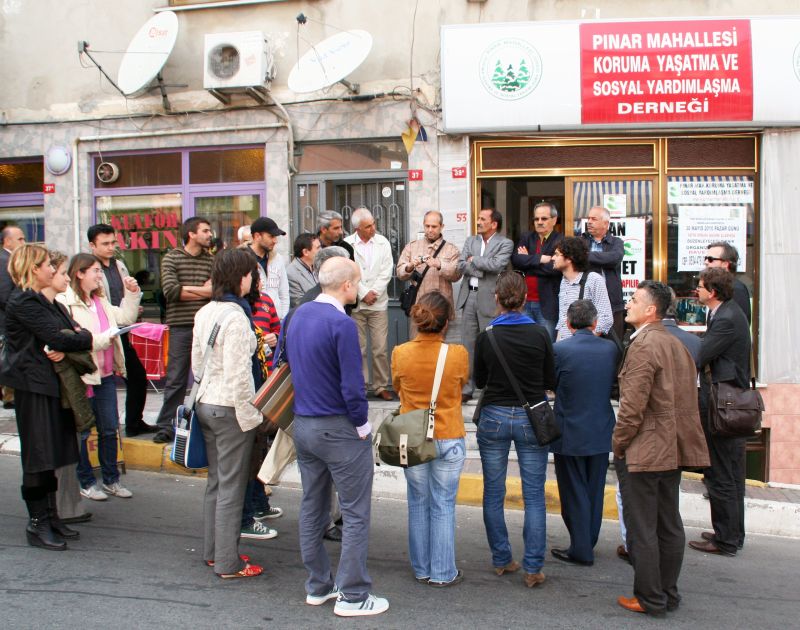
picture: George Brugmans
For the Municipality of Arnavutköy in Istanbul the IABR Atelier Istanbul developed a Strategic Vision and Action Plan that has since been accepted and was presented to the mayor of Istanbul on 8 December 2011. The next phase was to develop design proposals based on this plan for pilot projects to be realized by 2014. The municipality of Arnavutköy lies in the drinking water reservoir of the Istanbul metropolitan region. This area is largely agrarian. But as the city advances, tension is growing between ecological interests and urbanization. The challenge is to incorporate urban developments in the existing productive landscape. In June 2013 the IABR reached an agreement with a public-private alliance of local stakeholders including the municipality of Beykoz, on the Asian side of the Bosphorus –an area that is regularly flooded. Here too the focus is on an approach integration water management and urban design.
Test Site Rotterdam, a project that concentrates on Rotterdam Central District, is an ongoing project of ZUS with the support of the IABR that wants to be one of the forces driving the further development of the area. Just as in many other cities, literally ten thousands of square metres of office space lie empty right in the heart of the city. At the same time, there is a desperate need for smaller living and working units. The challenge is to transform the Central District in such a way that it becomes a lively part of the city again.
